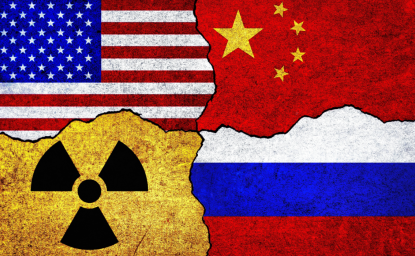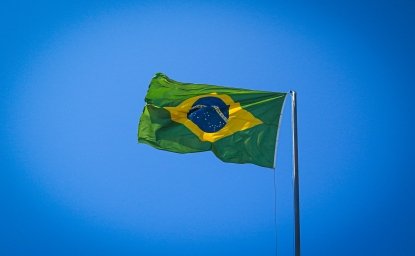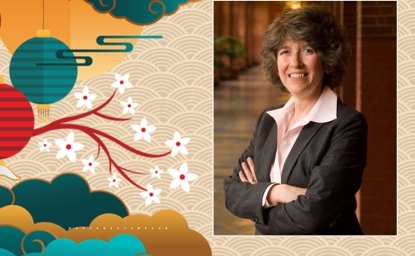The US International Trade Commission (USITC) is up against a deadline. It has until mid-October to study the pros and cons of expanding a waiver of COVID-related intellectual property (IP) at the World Trade Organization (WTO).
The market has already rendered its verdict: the mere prospect of an expanded waiver has taken a toll on US biopharmaceutical innovation.
In June 2022, WTO members agreed to waive certain patent obligations on COVID vaccines. It’s called the “TRIPs waiver” because it pertains to rights under the WTO’s Agreement on Trade-Related Aspects of Intellectual Property (TRIPs). The waiver originally included COVID diagnostics and therapeutics, but they were stripped from the text to curry political support. WTO members had planned to revisit this decision last December, but the Biden administration said it needed more time. The USITC was given until October 17 to make sense of the issue.
To help frame the USITC’s task, US Trade Representative Katherine Tai posed some questions. She asked about market trends and the pricing of COVID-related technologies, but barely touched on the challenge of innovating. Indeed, Tai focused a series of her inquiries on “flexibilities” in the TRIPs Agreement that provide limited exceptions to patent rights. She asked for public input regarding “successes and challenges in using existing TRIPs flexibilities,” and how they can be “deployed to improve access to medicines.”
Tai is putting the cart before the horse. You can’t access or price that which doesn’t exist. Without the expectation of enforceable IP, inventors won’t get the investment to shepherd their ideas out of their labs, the result being that there will be nothing to access or price.
The evidence is mounting that US biopharmaceutical innovation has already been “chilled” by the TRIPs waiver. Debbie Hart, president and CEO of BioNJ, told the USITC that, dating to February 2021, companies making COVID-related medications and diagnostics saw their stock prices decline by 73% more than companies focused on different therapeutic areas. She also reports that the pace of initial public offerings (IPOs) of biotech companies has slowed, and that small and medium-sized enterprises (SMEs) have reduced their overall development plans.
Indeed, the TRIPs waiver has taken a particularly large toll on SMEs. Eddie Sullivan, CEO of SAB Biotherapeutics, a 60-person clinical-stage SME in South Dakota, explained to the USITC that, “Even the perception of IP erosion can have a significant impact on investor appetite for biotechnology investment that may be considered high risk.” Pre-revenue, early-stage biotech SMEs are the very definition of a “high risk” investment. IP is their one asset. This means that a roll-back of patents can be fatal to these companies, which account for 75% of the global clinical COVID-related projects now in the pipeline.
Consider how investors see the TRIPs waiver. John Stanford, executive director of Incubate Coalition, a life-science venture capital organization, informed the USITC that 9 of 10 investments fail, so the one that succeeds needs to make “the other losses worthwhile.” He said investors typically consider three aspects of a would-be investment: first, the scientific likelihood of success; second, the amount of capital likely to be required; and third, the ability to recoup the investment. Stanford explained that the TRIPs waiver “changes the calculus for that third element,” because any erosion of IP undercuts the prospect of realizing an appropriable return on investment.
Dennis Purcell, founder of Aisling Capital, succinctly drove the point home. “Simply put, biotech companies do not get funded without a strong IP portfolio backed by a solid, rational, and predictable international IP landscape.” The TRIPs waiver adds uncertainty about the value of this portfolio, making it less likely that these companies get funding. Purcell added that “even the consideration of potentially waiving IP” can make an investment overly risky. This is key. The mere prospect of expanding the TRIPs waiver is curtailing investments in COVID-related technologies.
Then there’s the collateral damage of the waiver for IP in other sectors. As Stanford framed the issue, “If we are willing to waive intellectual property associated with COVID treatments, why would we stop there?” It hasn’t stopped there. At least since COP27, there has been a growing chorus of pleas for a TRIPs waiver covering “green tech.” WTO Director-General Ngozi Okonjo-Iweala seems sympathetic. Even if the genie could somehow be put back into the bottle, the range of technologies included under COVID-related diagnostics and therapeutics, plus green tech, would be breathtaking.
There will be a lot of buzz around the USITC study, as much at WTO headquarters in Geneva as in Washington, DC. But as far as the market is concerned, there won’t be much new information to capitalize. The importance of IP in fighting COVID – and preparing for the next pandemic – has long been clearcut.
As for the pricing questions Tai posed to the USITC, the truth is it’s impossible to make a generic out of nothing, and nothing is precisely what biopharmaceutical companies will bring to market if their IP is curtailed.
Author

Karl F. Landegger Professor of International Business Diplomacy at the Edmund A. Walsh School of Foreign Service at Georgetown University

Wahba Institute for Strategic Competition
The Wahba Institute for Strategic Competition works to shape conversations and inspire meaningful action to strengthen technology, trade, infrastructure, and energy as part of American economic and global leadership that benefits the nation and the world. Read more

Explore More
Browse Insights & Analysis
US Inaction Is Ceding the Global Nuclear Market to China and Russia

Promoting Convergence in US-Brazil Relations




